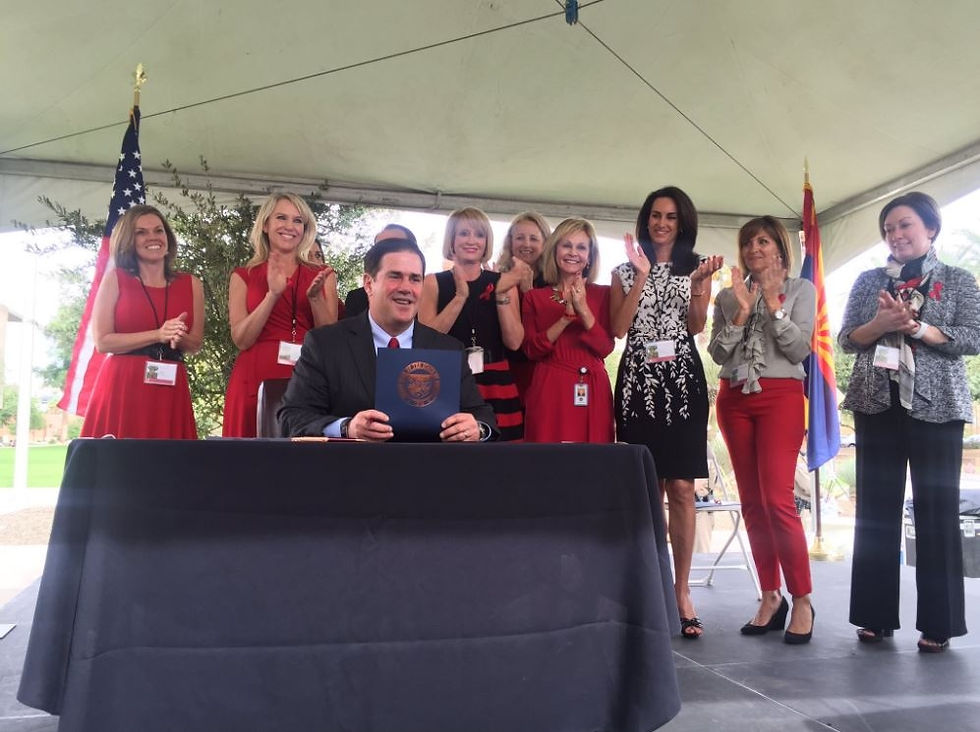Executive orders: Not just in the White House
- greenebarrett

- Feb 13, 2017
- 2 min read
We’ve wondered lately about whether the intense focus on Presidential executive orders, in both the current and previous administrations, is having an impact on the nation’s governors.

Our first instinct was to compare numbers issued, but we realized that their uses are so different that sheer numbers tell an uninformative story. Some governors use very few executive orders, mostly to declare states of emergency. In other states, executive orders may be plentiful, but relatively routine – used for appointments, for example. Do you follow the executive orders in your state? To make this easier, we’ve put together on interactive map with links to each states’ executive orders page. You’ll find it in the Resources section of our website.
Of the nation’s new governors, Phil Scott of Vermont, has been among the most aggressive in utilizing seven executive orders in January to set the strategic direction of the state, create new departments (such as the Agency for Digital Services) , and merge others.
New Governor Eric Greitens in Missouri has used the early executive orders in his administration to cut back on the creation of new regulations, establish a code of conduct for employees and establish a new position of Chief Operating Officer. (COOs are a topic we tackle in one of our next Governing columns, by the way.)
Indiana Governor Eric Holcomb has also been an active signer of executive orders, though mostly he has used them to continue the initiatives of his predecessor, now Vice President Mike Pence.
In a number of states, including Alabama, Arizona, Indiana, Maryland, New Jersey, Vermont and Wisconsin, governors have recently utilized executive orders to deal with aspects of the opiate epidemic and other kinds of substance abuse.
Some governors have specifically used their more recent executive orders to place themselves in opposition to President Trump’s policies. For example, an executive order signed by Oregon Governor Kate Brown on February 2nd reaffirmed Oregon’s commitment to being “a welcoming, inclusive and compassionate place for all contributing members of our civic community including immigrants and refugees.
In his State of the State address on January 24th, Massachusetts Governor Charlie Baker referred to his September 2016 executive order to set a plan for the state government to work with “local governments, business, and non-profits to develop plans to further protect our environment and reduce greenhouse gas emissions.”
In the recent past, governors have sometimes run into court challenges for their executive orders. Last July, the Virginia Supreme Court ruled that Gov. Terry McAuliffe’s executive order giving felons the right to vote was in conflict with the Virginia constitution. Similarly, Louisiana Governor John Bel Edwards’ executive order providing protections against discrimination for LGBTQ employees and contractors was struck down last year by the 19th Judicial District Court.




Comments